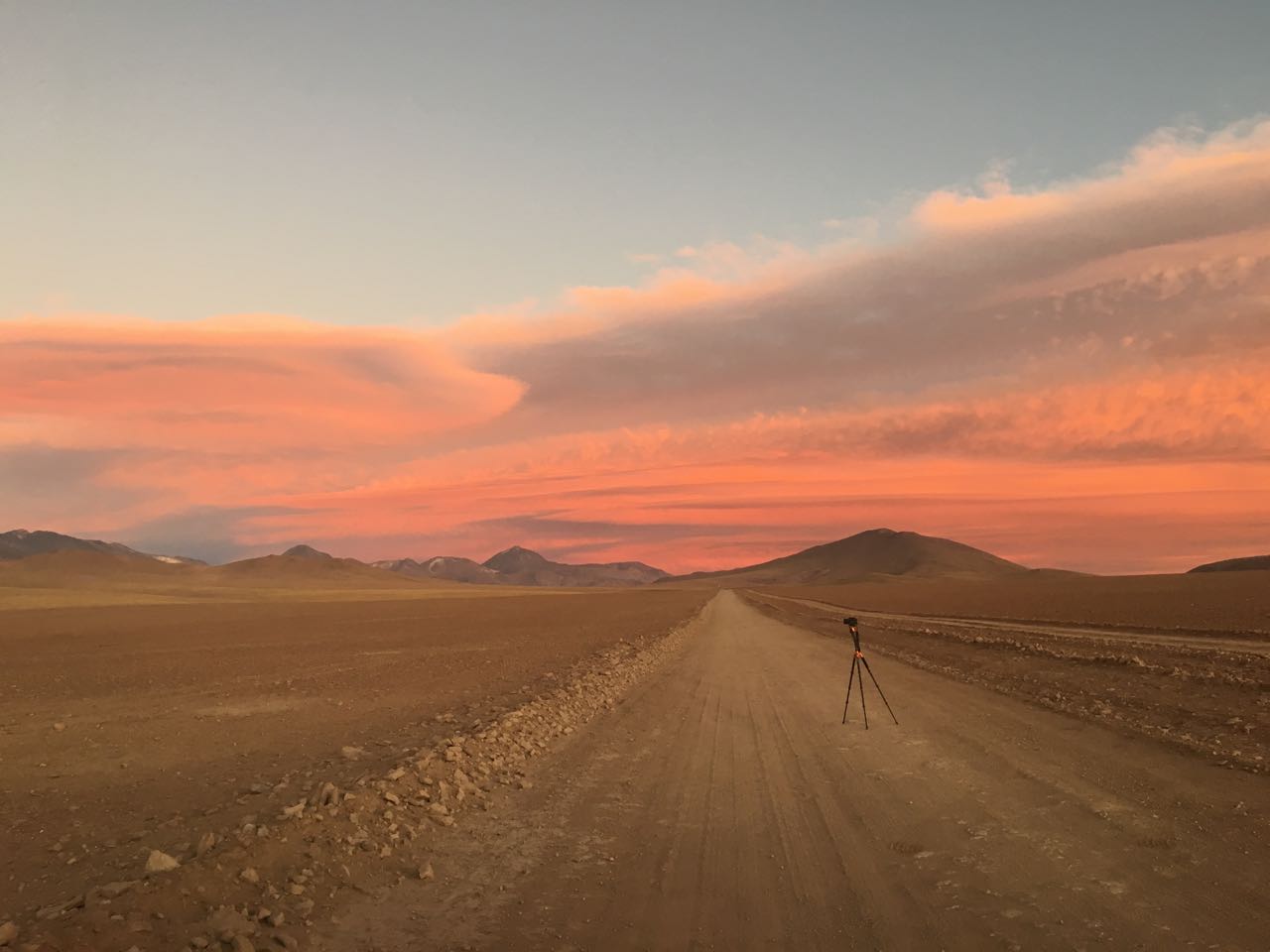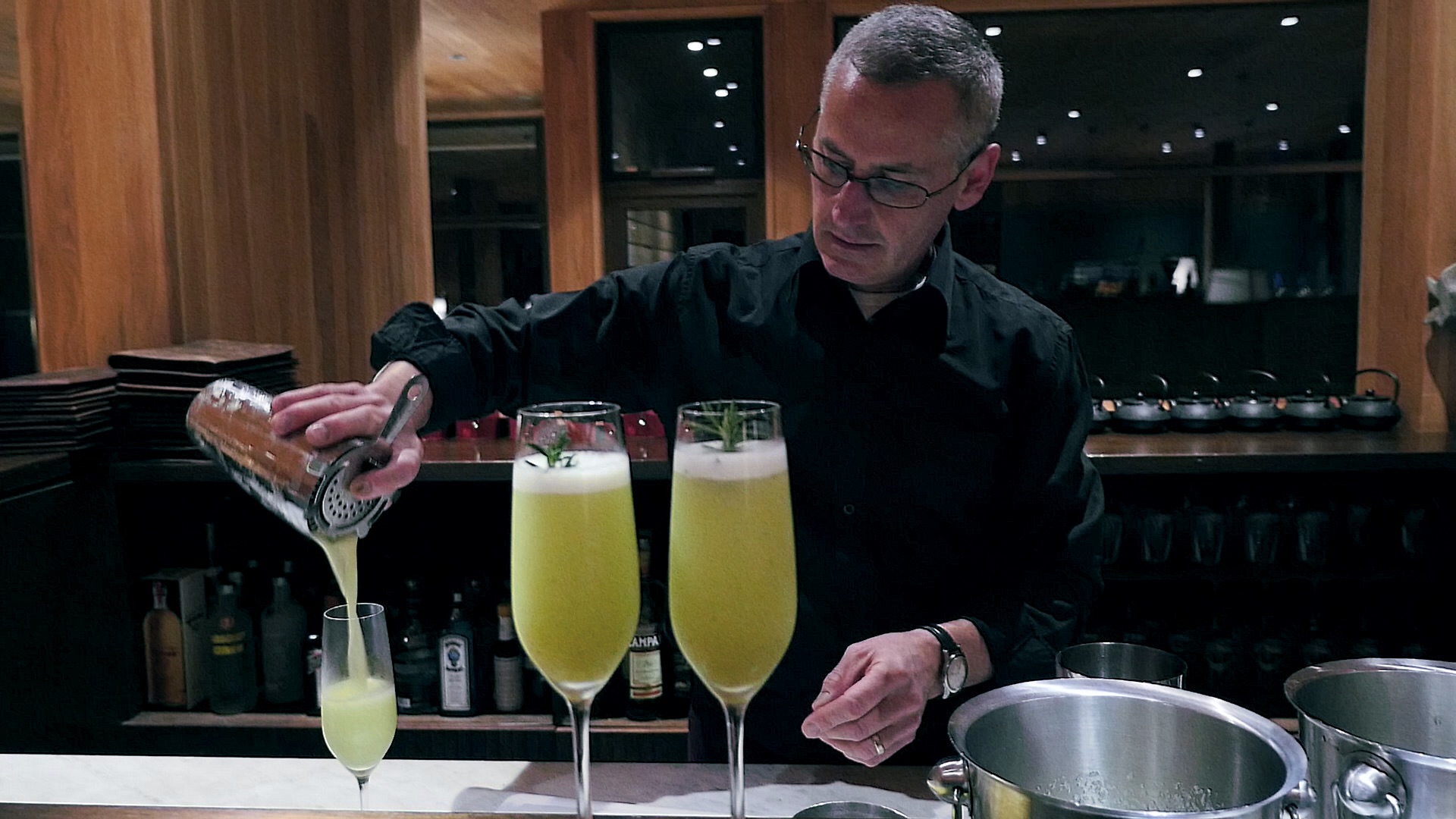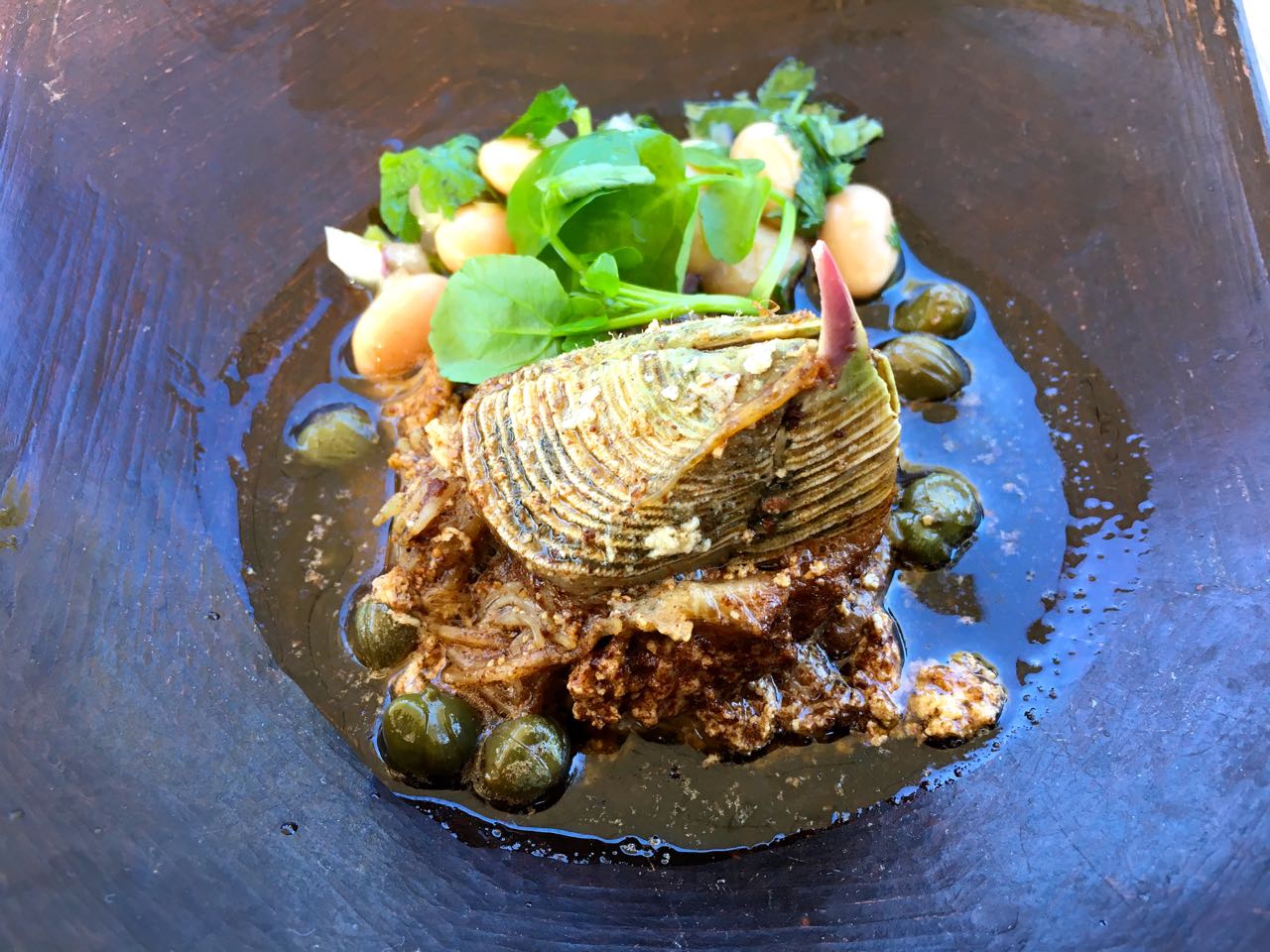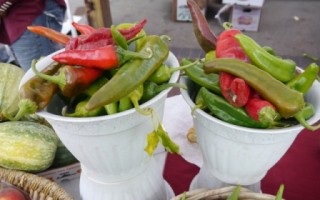
The Atacama Desert in Chile is the driest place on Earth. On a recent trip with Yampu Tours and Awasi Atacama, I explored some of the most amazing landscapes I had ever seen. While Atacama is a photographer’s dream destination, its breathtaking beauty can be captured with no special equipment too. From parched deserts, expansive […]

Pisco Sour is the house drink in Chile. Pisco is a popular brandy produced in Chile by distilling grapes, mainly of Muscat, Torontel and Pedro Jiménez varieties. Just like wine, the color, aroma and flavor of pisco can be described as fruity, clean, sweet, refreshing, woody and bold, depending on it’s variety. There are four main classifications of pisco: Pisco […]

I have to say, I had very little knowledge of Chilean food before going there. Though Chilean wines have found their fame in international markets, authentic Chilean restaurants are hard to come by. During my two-week trip around Chile with Yampu Tours, I ate at many great hotels, restaurants, and cafes. One thing I concluded […]

Although New Mexico is one of the oldest states in the continent United States, its cuisine is very different from the rest of the country. Influenced by Spanish and Mexican settlers, the modern day New Mexican cuisine sits in a league of its own.